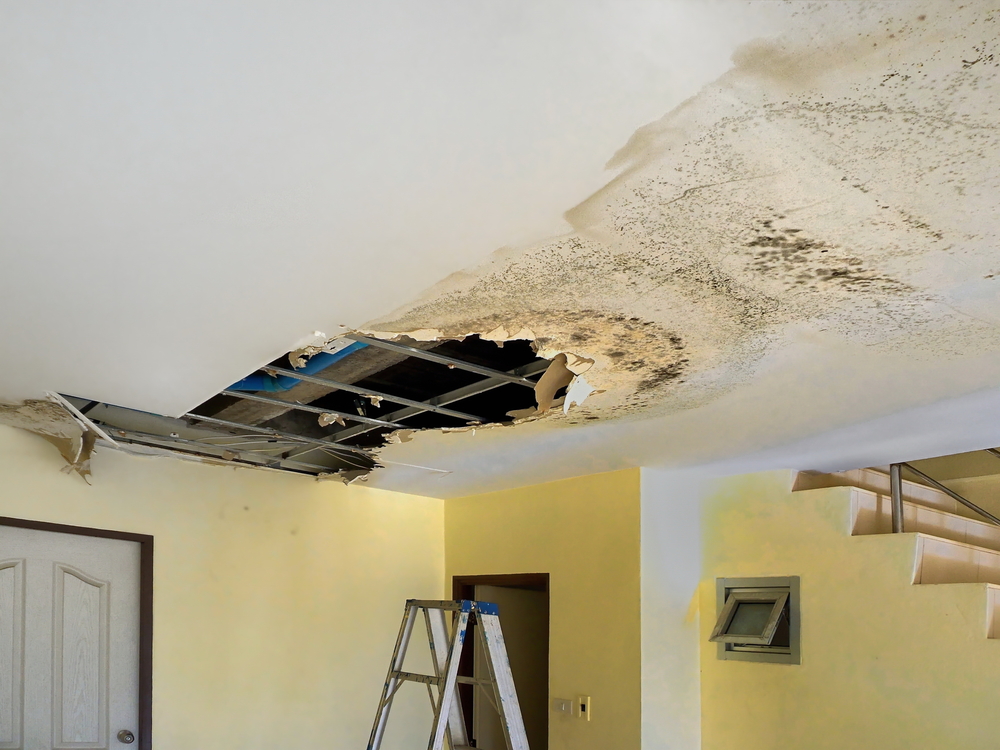Just how to Locate and Repair Water Leaks-- A Comprehensive Guide
Just how to Locate and Repair Water Leaks-- A Comprehensive Guide
Blog Article
What're your thoughts on Locating water leaks?

Early detection of dripping water lines can minimize a prospective calamity. Some small water leakages might not be noticeable.
1. Take A Look At the Water Meter
Every home has a water meter. Checking it is a guaranteed manner in which assists you discover leakages. For starters, shut off all the water resources. Ensure no person will certainly purge, use the tap, shower, run the washing maker or dish washer. From there, most likely to the meter and watch if it will certainly transform. Since nobody is using it, there need to be no motions. If it moves, that indicates a fast-moving leak. Likewise, if you detect no changes, wait a hr or two and inspect back again. This suggests you might have a slow leak that could even be underground.
2. Check Water Consumption
Analyze your water expenses and also track your water intake. As the one paying it, you need to discover if there are any type of inconsistencies. If you find sudden changes, despite your usage coinciding, it suggests that you have leaks in your plumbing system. Remember, your water bill must drop under the exact same array every month. An abrupt spike in your costs shows a fast-moving leakage.
Meanwhile, a constant boost on a monthly basis, despite having the very same habits, shows you have a slow-moving leak that's additionally slowly rising. Call a plumber to completely check your residential property, particularly if you really feel a warm location on your flooring with piping below.
3. Do a Food Coloring Test
When it comes to water consumption, 30% comes from toilets. If the color somehow infiltrates your dish throughout that time without flushing, there's a leak between the tank and bowl.
4. Asses Outside Lines
Don't forget to examine your outside water lines as well. Examination spigots by connecting a garden tube. Should water seep out of the link, you have a loosened rubber gasket. Change this and make certain all links are tight. It will assist get it skillfully checked out and kept each year if you have actually got a lawn sprinkler system. One little leak can throw away tons of water and spike your water expense.
5. Check as well as Assess the Situation
House owners should make it a routine to examine under the sink counters and even inside cabinets for any type of bad odor or mold growth. These 2 red flags indicate a leakage so punctual interest is called for. Doing routine evaluations, even bi-annually, can conserve you from a major trouble.
Examine for stainings and also damaging as the majority of pipes and also appliances have a life expectancy. If you believe leaking water lines in your plumbing system, don't wait for it to rise.
Early discovery of leaking water lines can minimize a possible calamity. Some tiny water leakages might not be visible. Inspecting it is a guaranteed means that assists you find leaks. One tiny leak can lose heaps of water as well as spike your water costs.
If you believe leaking water lines in your plumbing system, don't wait for it to intensify.
WARNING SIGNS OF WATER LEAKAGE BEHIND THE WALL
PERSISTENT MUSTY ODORS
As water slowly drips from a leaky pipe inside the wall, flooring and sheetrock stay damp and develop an odor similar to wet cardboard. It generates a musty smell that can help you find hidden leaks.
MOLD IN UNUSUAL AREAS
Mold usually grows in wet areas like kitchens, baths and laundry rooms. If you spot the stuff on walls or baseboards in other rooms of the house, it’s a good indicator of undetected water leaks.
STAINS THAT GROW
When mold thrives around a leaky pipe, it sometimes takes hold on the inside surface of the affected wall. A growing stain on otherwise clean sheetrock is often your sign of a hidden plumbing problem.
PEELING OR BUBBLING WALLPAPER / PAINT
This clue is easy to miss in rooms that don’t get much use. When you see wallpaper separating along seams or paint bubbling or flaking off the wall, blame sheetrock that stays wet because of an undetected leak.
BUCKLED CEILINGS AND STAINED FLOORS
If ceilings or floors in bathrooms, kitchens or laundry areas develop structural problems, don’t rule out constant damp inside the walls. Wet sheetrock can affect adjacent framing, flooring and ceilings.
https://www.servicemasterbyzaba.com/blog/how-to-detect-water-leakage-in-walls/
.jpg)
We had been made aware of that article on Hacks to detect leaks from a friend on our other website. For those who appreciated our page please make sure you remember to share it. Thanks for your time. Visit again soon.
Report this page